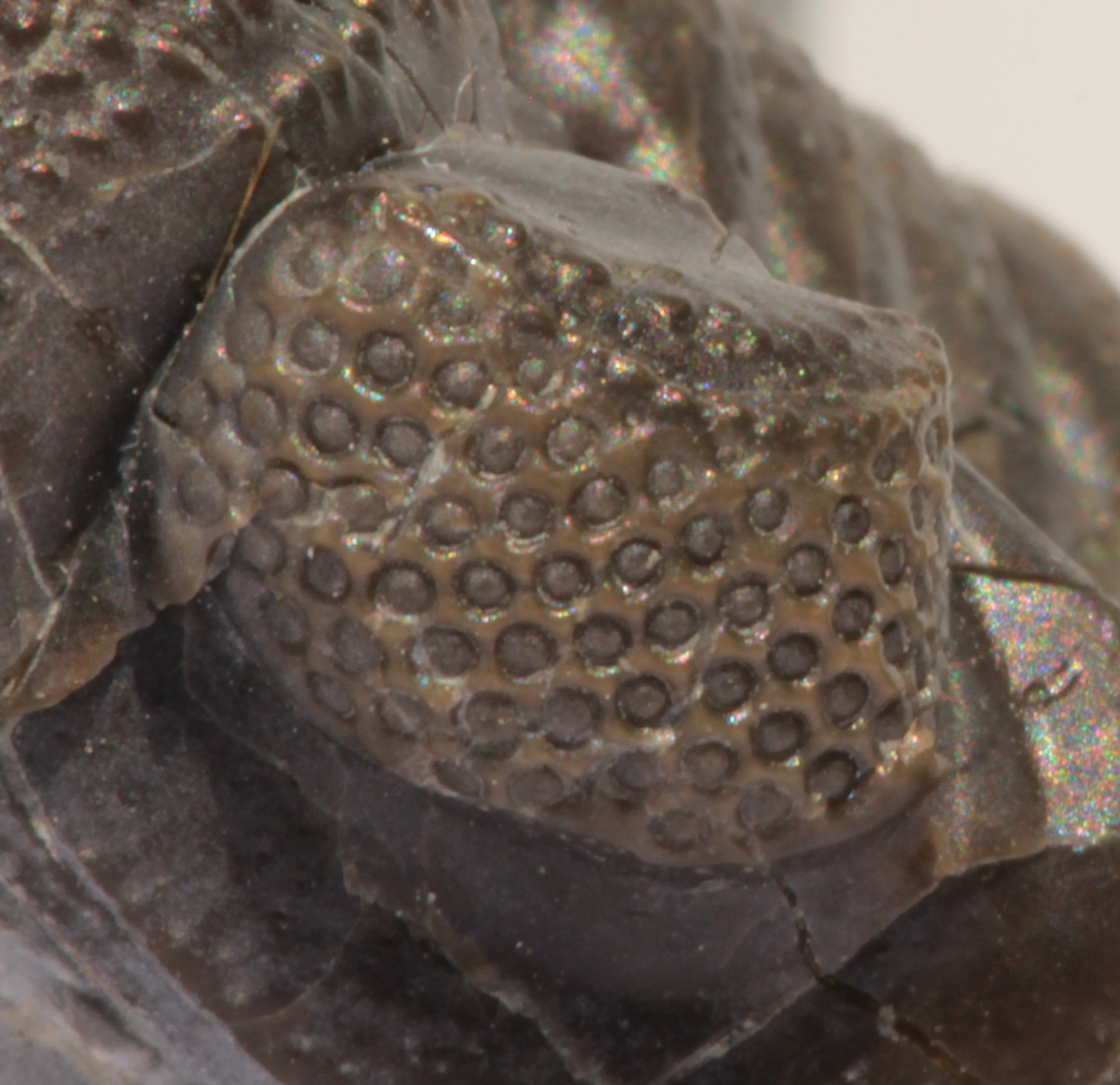Podcast 228 - Clubbed in the Eye
/The gang discusses two papers that look at unique morphological features of fossil animals. The first paper looks at a new Ankylosauria species that complicates our understanding of the group’s evolution, and the second paper investigates the structure of the trilobite schizochoral eye. Meanwhile, James endures formatting, Amanda starts her new religion, and Curt finds the puns no one else sees.
Up-Goer Five (Curt Edition):
Our friends talk about two papers where we can see cool parts of animals that are very old and tell us something about how these animals lived in the past. The first paper is looking at a big angry animal with no hair who lived a long time ago and is part of a group that has a long part coming off its bottom with a hurt causing part at the end. There are two close groups of big angry animals that have this long part with a hurt causing part at the end. One group has a lot of points and the other group has a part that is hard. This animal makes it more interesting because it has parts that look like animals with the hard end and animals that have the point end. The animal is still a part of the group with the hard end, but it shows that some of the things we see with the animals with the point end were also found in some animals with the hard end.
The second paper looks at the eyes of an old group of animals who lived in the water and had their hard parts on the outside as well as legs and bodies that are broken into parts. A lot of work had been done on the eyes of some of these animals that have strange eyes where there are less round bits where the eyes can see through than in others, but the round bits are larger. This paper finds some old work and also adds to that work to say that maybe these eyes with large but less round bits might have acted like a whole lot of eyes under each of these round bits. So while most eyes for this group have tiny round bits which act as tiny eyes, this group with the large round bits might have had tiny eye parts under each of the large round bits. These large round bits may have acted as many tiny eyes.
References:
Soto-Acuña, Sergio, et al. "Bizarre tail weaponry in a transitional ankylosaur from subantarctic Chile." Nature 600.7888 (2021): 259-263.
Schoenemann, B., et al. "A 390 million-year-old hyper-compound eye in Devonian phacopid trilobites." Scientific reports 11.1 (2021): 1-10.



